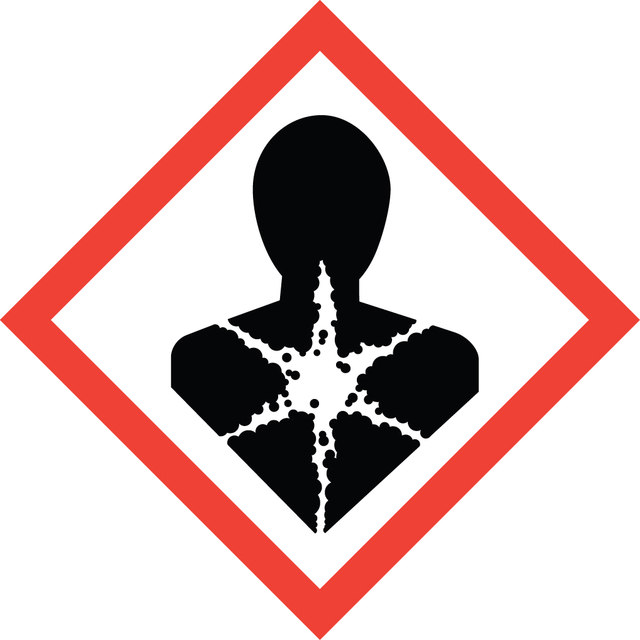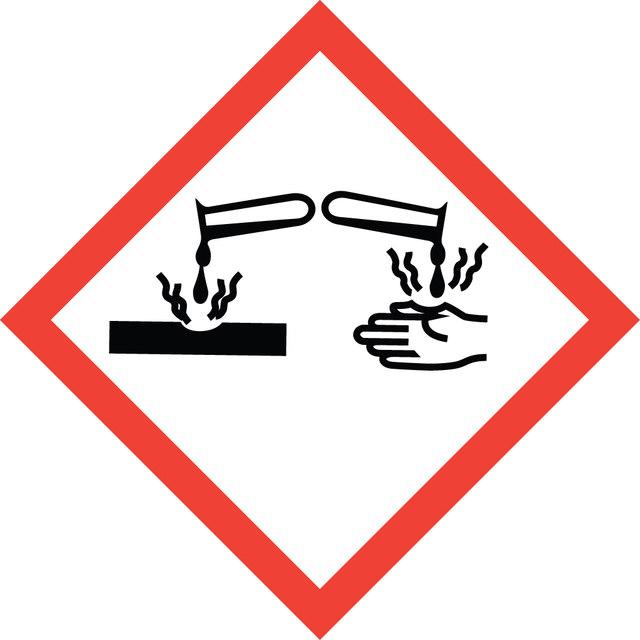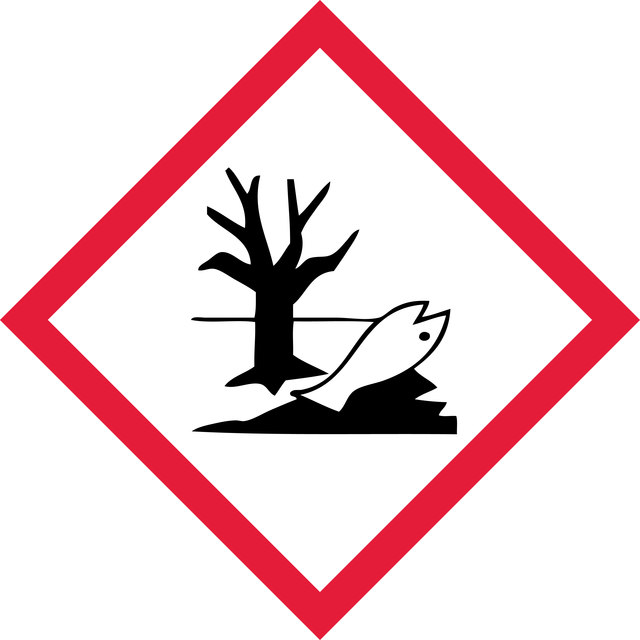Select a Size
About This Item
Product Name
Copper(I) iodide, 99.999% trace metals basis
InChI key
LSXDOTMGLUJQCM-UHFFFAOYSA-M
InChI
1S/Cu.HI/h;1H/q+1;/p-1
SMILES string
[Cu+].[I-]
vapor pressure
10 mmHg ( 656 °C)
assay
99.999% trace metals basis
form
powder and chunks
reaction suitability
core: copper
impurities
≤15.0 ppm Trace Metal Analysis
bp
1290 °C/1 atm (decomp)(lit.)
mp
605 °C (lit.)
solubility
dilute aqueous acid: insoluble(lit.)
density
5.62 g/mL at 25 °C (lit.)
Quality Level
Looking for similar products? Visit Product Comparison Guide
Application
- For arylation of pyrazole and derivatives by coupling arenediazonium species under mild and ligand-free conditions.
- Selective cross-coupling of dibromo alkenes and heteronucleophiles which leads to numerous building blocks such as 1-bromoenamides, ynamides, ketene N, N-acetals, 1-bromoenol ethers, ynol ethers, ketene O, O-acetals, and vinyl phosphonates.
- Stereospecific and the regioselective reaction of silacyclopropanes with carbonyl compounds.
Features and Benefits
- Low toxicity
- Mild reaction condition
- High purity ensures reproducibility and avoids cocatalysis by contaminants.
signalword
Danger
Hazard Classifications
Acute Tox. 4 Oral - Aquatic Acute 1 - Aquatic Chronic 1 - Eye Dam. 1 - Skin Irrit. 2 - Skin Sens. 1A - STOT RE 1 Oral
target_organs
Thyroid
Storage Class
6.1C - Combustible acute toxic Cat.3 / toxic compounds or compounds which causing chronic effects
wgk
WGK 3
flash_point_f
Not applicable
flash_point_c
Not applicable
ppe
dust mask type N95 (US), Eyeshields, Gloves
Choose from one of the most recent versions:
Already Own This Product?
Find documentation for the products that you have recently purchased in the Document Library.
Which document(s) contains shelf-life or expiration date information for a given product?
If available for a given product, the recommended re-test date or the expiration date can be found on the Certificate of Analysis.
How do I get lot-specific information or a Certificate of Analysis?
The lot specific COA document can be found by entering the lot number above under the "Documents" section.
If the purity of 99.999% for Product 215554, Copper (I) Iodide is based solely on trace metal content, then what is the chemical purity of this product?
We do not report a chemical purity for this product, however, an approximation of the purity can be determined by taking the value for the Copper content reported on the Certificate of Analysis and dividing it by the theoretical content of 33.4%. (It is a an approximation because there could be other Copper containing impurities present that may contribute to the value).
What is Product 215554, Copper (I) Iodide soluble in?
According to the 13th edition of the chemicals encyclopedia published by the Royal Society of Chemistry, it is decomposed by concentrated Sulfuric Acid and Nitric Acid, insoluble in water, practically insoluble in ethanol and dilute acids, soluble in aqueous solutions of ammonia, alkali cyanides, thiosulfates, and iodides.
Product 215554, Copper (I) Iodide has turned grayish in color. Is it still good?
This compound is light sensitive. It is cream colored when first it is first produced, then slowly turns grayish in color because of its photosensitivity. Chemical purity is not significantly compromised by modest homogeneous appearance changes.
How do I find price and availability?
There are several ways to find pricing and availability for our products. Once you log onto our website, you will find the price and availability displayed on the product detail page. You can contact any of our Customer Sales and Service offices to receive a quote. USA customers: 1-800-325-3010 or view local office numbers.
What is the Department of Transportation shipping information for this product?
Transportation information can be found in Section 14 of the product's (M)SDS.To access the shipping information for this material, use the link on the product detail page for the product.
My question is not addressed here, how can I contact Technical Service for assistance?
Ask a Scientist here.
Our team of scientists has experience in all areas of research including Life Science, Material Science, Chemical Synthesis, Chromatography, Analytical and many others.
Contact Technical Service


